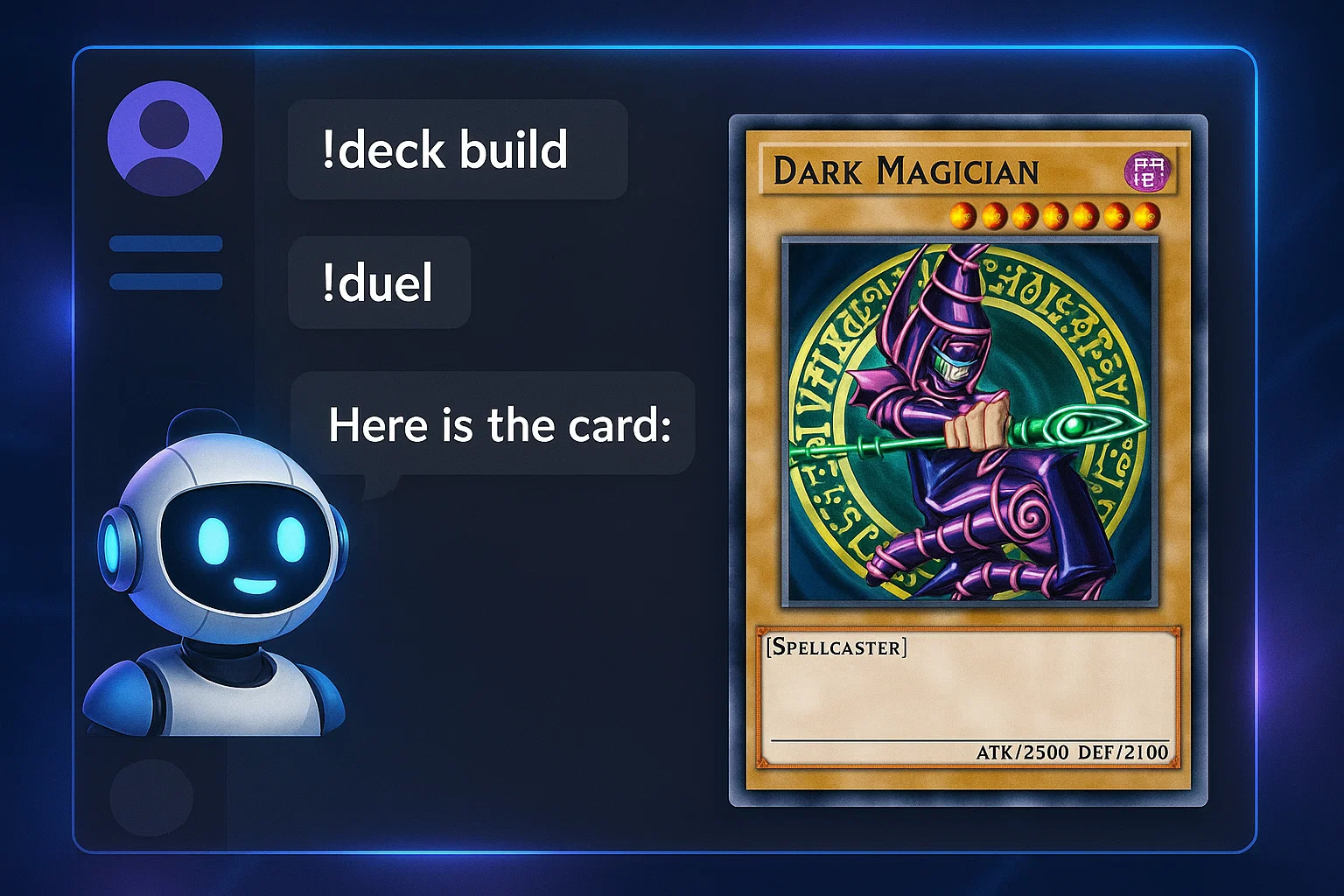Zandercraft bot brings in-server game systems, economy, and moderation tools so you can automate quests, shops, and rewards without leaving Discord, install it or self-host with a few simple steps to get active players and fair admin control fast.
Introduction
Zandercraft bot is a modular Discord bot designed to add game mechanics, economy systems, and server automation to communities. Intent: informational and transactional — you will learn what it does, why it matters, and how to install or build a version that fits your server. This guide covers core concepts, a practical how-to with copy-paste code, best practices, and compliance points. I’ll mention related platforms like Discord developer tools and common storage choices like Redis for real-time state. In my experience, starting small with clear roles and a test server saves hours later; the same applies to Zandercraft bot setups. Read on to pick the right path, whether you want a ready-to-invite bot or a custom, self-hosted instance.
What is Zandercraft bot and why it matters
Zandercraft bot is a purpose-built automation bot for gaming communities, focusing on player progression, in-server shops, quest systems, and moderation hooks. It matters because it converts passive servers into active ecosystems, where members earn rewards, trade, and return for daily tasks.
Core capabilities
- Economy: coins, shops, crafting, and trade logs.
- Quests and progression: levels, XP, and leaderboards.
- Moderation hooks: auto-moderation for spam, role gating for rewards.
- Integrations: web dashboards, payment handlers, and webhook events.
Background and architecture
Most robust game bots split responsibilities: the chat bot handles commands, while a backend service stores state and runs scheduled jobs. For Zandercraft bot, that means a stateless command layer (Node.js or Python) plus a fast store like Redis for session state and PostgreSQL for persistent data. Using this pattern keeps the command response snappy while letting heavy tasks run off-thread.
Why communities pick it
- Retention: daily tasks and rewards create habit loops.
- Monetization: optional cosmetic purchases or premium roles.
- Moderation: automate rule enforcement tied to game behavior.
- Customization: modular plugins let you add new mechanics without a full rewrite.
Quick note: pick your data retention policy early, and avoid storing sensitive personal data unless necessary.
How to install and build a Zandercraft bot (step-by-step)
Below is a practical route to get Zandercraft bot running. Choose either an invite-ready instance or self-host for full control.
- Create the Discord application and bot account
- Go to the Discord Developer Portal, create a new app, add a bot, copy the token and enable required intents. Use the token as an environment variable.
- Choose runtime and storage
- Node.js with discord.js is common, Python with discord.py works too. For storage, use PostgreSQL for long-term data and Redis for transient game state.
- Set up project structure
- Commands, event handlers, and a separate worker for scheduled tasks like daily rewards.
- Implement core commands
!balance,!daily,!shop,!buy,!quest,!leaderboard.
- Deploy
- Use Docker or a VPS, add process manager (PM2) and monitoring.
- Test and iterate
- Always test on a staging server with mock players.
Minimal Node.js example: economy !daily command
// javascript
// Minimal Node.js daily reward example using discord.js and ioredis
// Requires: npm install discord.js ioredis
const { Client, Intents } = require('discord.js');
const Redis = require('ioredis');
const client = new Client({ intents: [Intents.FLAGS.GUILDS, Intents.FLAGS.GUILD_MESSAGES] });
const redis = new Redis(process.env.REDIS_URL);
client.on('messageCreate', async (msg) => {
if (msg.author.bot) return;
if (msg.content === '!daily') {
try {
const key = `daily:${msg.author.id}`;
const last = await redis.get(key);
if (last) return msg.reply('You already claimed your daily reward.');
await redis.set(key, Date.now(), 'EX', 86400); // expire 24h
// increment user balance stored in postgres in production
await redis.incrby(`balance:${msg.author.id}`, 100);
msg.reply('You claimed 100 coins, good job!');
} catch (err) {
console.error(err);
msg.reply('Error claiming daily reward.');
}
}
});
client.login(process.env.DISCORD_TOKEN);
Explanation: This code uses Redis for lightweight rate limiting and balance demo. Swap Redis for a DB for persistent storage.
Python example: simple shop lookup
# python
# Simple shop item lookup in discord.py
# Requires: pip install discord.py asyncpg
import os, asyncpg
from discord.ext import commands
bot = commands.Bot(command_prefix='!')
@bot.command()
async def item(ctx, item_name: str):
conn = await asyncpg.connect(os.getenv('DATABASE_URL'))
row = await conn.fetchrow('SELECT name, price, desc FROM shop WHERE name=$1', item_name)
await conn.close()
if not row:
await ctx.send('Item not found.')
return
await ctx.send(f"{row['name']} - {row['price']} coins\n{row['desc']}")
bot.run(os.getenv('DISCORD_TOKEN'))
Explanation: Query a PostgreSQL shop table. Use connection pooling in production.
Best practices, tools, and tradeoffs
Design Zandercraft bot for performance, clarity, and safety.
Best practices
- Cache hot data, like shop items and leaderboard snapshots.
- Rate limit commands, keep cooldowns per user to avoid abuse.
- Role-based controls, grant admin tools only to trusted roles.
- Use migrations and backups for databases.
Recommended tools
discord.js (Node.js)
Pros: rich ecosystem, slash commands, large examples.
Cons: major version updates may need refactoring.
Install tip: npm install discord.js.
PostgreSQL
Pros: relational integrity for economy and transactions.
Cons: needs backups and schema management.
Install tip: use managed Postgres or Docker for easy start.
Redis
Pros: fast ephemeral state, TTL support for daily claims.
Cons: volatile if not persisted.
Install tip: use Redis for rate limiting and temporary caches.
Tradeoffs to consider
- Self-host vs hosted: Self-hosting gives customization, hosted gives convenience.
- Complexity vs engagement: More mechanics increase retention but raise support needs.
- Monetization: Cosmetic items are less risky than charging for gameplay advantage.
Bold takeaways:
- Design clear role permissions, prevent abuse.
- Cache and monitor, avoid API and DB overload.
- Start simple, expand modularly.
Challenges, legal, and troubleshooting
Running a game bot introduces operational and legal concerns you must handle.
Common issues
- Desync in balances: use transactional DB operations for money changes.
- Spam exploitation: implement command cooldowns and checks.
- Scaling: shard bot when member counts are high.
Compliance checklist
- Secure tokens and credentials, rotate if exposed.
- Document data collection and provide deletion endpoints to users.
- Respect payment and monetization rules from platform providers.
- Provide clear Terms of Service and privacy policy in your server or website.
Alternatives and mitigation
- If monetization triggers licensing concerns, restrict purchases to cosmetic roles only.
- For heavy compute tasks, move work to background workers with a job queue.
Clear command help and limits reduce support tickets and improve user trust, ensure commands are discoverable with !help. (Google)Cache aggressively and respect third-party API rate limits to keep bots stable under load. (Moz)
Conclusion and CTA
Zandercraft bot turns your Discord into an engaging game platform, with economy, quests, shops, and admin tools that scale. Start simple: set up a bot account, add a Redis cache, and launch a daily reward and shop. If you want proven templates, monitoring, or a custom implementation, Alamcer can help. Welcome to Alamcer, a tech-focused platform created to share practical knowledge, free resources, and bot templates. Our goal is to make technology simple, accessible, and useful for everyone. We provide free knowledge articles and guides, ready-to-use bot templates for automation and productivity, and custom development services for bots and websites on request. Contact Alamcer to get a starter template or a production-ready Zandercraft bot.
Key takeaways:
- Keep state integrity with transactions, avoid inconsistent balances.
- Use Redis for ephemeral checks, Postgres for persistent data.
- Control access via roles, and document policies.
FAQs
What is Zandercraft bot?
Zandercraft bot is a Discord automation bot tailored for game mechanics, economy systems, and server engagement. It provides commands for daily rewards, shops, quests, and administrative moderation to keep players active and organized.
How do I invite Zandercraft bot to my server?
Create a Discord application in the Developer Portal, configure scopes for bot and applications.commands, generate an invite URL with required permissions like Connect and Send Messages, and authorize the bot on servers you manage.
Can I monetize features in Zandercraft bot?
You can monetize cosmetic roles or premium templates, but avoid pay-to-win mechanics. Check platform ToS before charging and consult a legal advisor for payment processing rules.
Is it better to self-host or use a hosted Zandercraft bot?
Self-hosting gives full control and privacy, hosted solutions reduce maintenance. Choose based on your technical capacity, expected scale, and compliance needs.
What storage should I use for economy data?
Use a relational database like PostgreSQL for transactions and balance integrity, and Redis for ephemeral state such as cooldowns and temporary caches.
How do I prevent cheating or farming exploits?
Use transactional database updates, server-side validation, cooldowns, and logging to detect unusual patterns. Role-gate high-value actions and audit logs regularly.
Which languages and libraries work best to build Zandercraft bot?
Node.js with discord.js or Python with discord.py are common. Choose based on team skillset and library features you need.
How do I handle scaling for many players?
Implement sharding for Discord connections, run multiple worker instances for background jobs, and scale your DB and Redis horizontally if needed.
Compliance & disclaimer
This content is informational and not legal advice. Respect privacy laws, platform Terms of Service, and payment regulations. Provide clear privacy notices and deletion options for user data. For legal or regulatory questions, consult a qualified professional.



